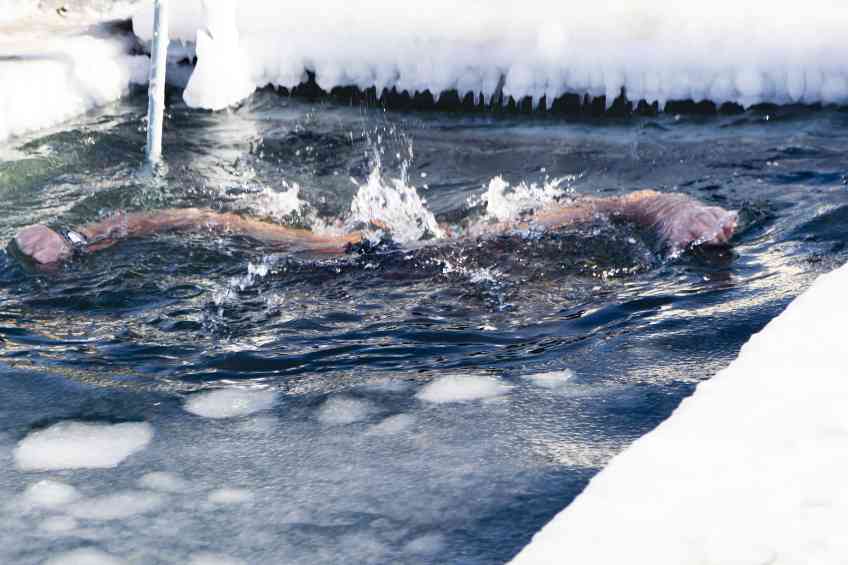By John Hand –
Paula Radcliffe was beaming during her final lap of the 10,000-meter 2002 European Championships. And why not? The only thing running against her was the clock.
As she crossed the finish line and draped herself in the Union Jack, the TV announcer quipped, “Many will consider that was the best 10,000 meters that has ever been run by a female.”
Radcliffe’s performance was historic, but what she said afterward may have had an even more significant impact on runners and athletes in general. This world-class runner attributed her performance, in part, to the rehabilitative practice of getting into a tub filled with ice and water after each workout. This chilly dip has been known as the ice bath.
“It’s absolute agony, and I dread it,” she noted. “But it allows my body to recover so much more quickly.”
Since Radcliffe’s endorsement of ice baths, everyone from J.J. Watt to Madonna and the Radio City Rockettes have taken icy plunges to aid their recoveries. There appears to be some sound reasoning for these agonizing dips.
Muscle fibers naturally tear during workouts, and they must recover quickly to get the most from the next exercise session. Rehabilitation practices, of course, aren’t limited to ice baths. Simple approaches include low-intensity jogging, breathing exercises, or even stretching to help the body cool down and start the rejuvenation process. But ice baths have gained popularity because it is believed that they not only speed up the recovery process, but also relieve muscle soreness.
It happens because the frigid water temperatures lower a person’s metabolism, bringing down swelling, repairing tissue and moving lactic acid away from muscles. An added benefit occurs after leaving the ice bath because the body immediately warms up. This warming helps increase blood flow and relaxes muscles.
Ideally, the temperature of an ice bath should fall between 32- and 50 degrees Fahrenheit, on-running.com reports. Dippers should limit their baths to 10-15 minutes at a time. Water temperature and dipping time, of course, can vary based on individual tolerances.
The widespread popularity of ice baths has resulted in some gyms and athletic facilities setting aside pools specifically for practice. Do-it-yourself approaches are possible by simply filling a plastic kiddie pool or bathtub with water and ice and getting in. It’s possible to benefit from jumping into a cold natural body of water.
Proponents of the practice note that the benefits of an ice bath don’t end with muscle recovery. They claim that cold water immersion increases feel-good dopamine levels. A cold-water plunge can also reduce stress because the body becomes more used to dealing with a flight-or-fight response.
Despite the growing support for icy dips, science isn’t sold on the benefits. Research on the benefits is inconclusive at best. The practice is also far from a one-stop rehabilitation cure. Besides this, at least two earlier studies maintain that ice baths may decrease muscle growth and strength over time.
A report out of Ohio State University adds ice baths present risks for certain individuals, especially if the dips are too long or cold. These dangers include hypothermia, nerve damage, pain and even increased risk of complications for those suffering from cardiovascular disease, diabetes or neuropathies.
Ultimately, ice baths may be chill and have their benefits, but dippers need to be aware of the potential dangers and drawbacks.













